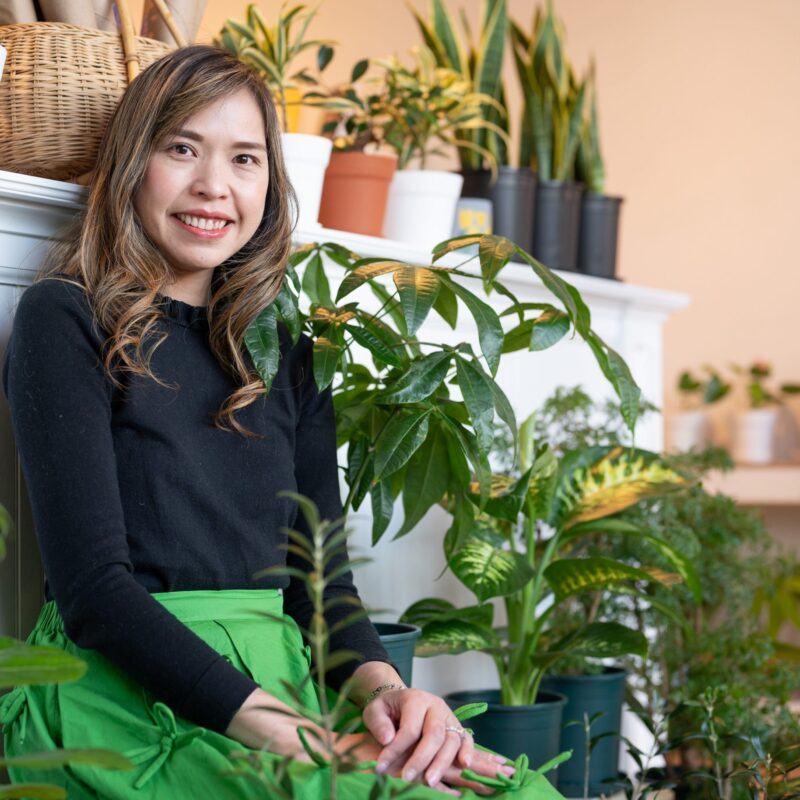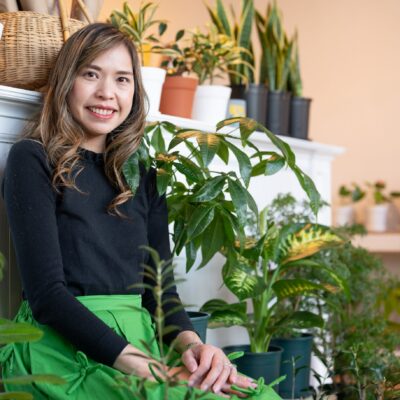It’s tough to squeeze the entire planet into one classroom. But Western Albemarle High School and architects VMDO have come as close as possible with the school’s new Environmental Studies Academy building, which blends indoors and outdoors, classroom and greenhouse.
On a 40-year-old Crozet campus last expanded in the ’90s, “there was just no way we could support and house an academy here without having additional space,” says Adam Mulcahy, the academy’s director since its creation four years ago. Even after refitting a classroom and an old prep room, and spilling out into the hallway between them, the ESA and its students still needed more space.
In 2015, Albemarle County enlisted VMDO’s principal architect, Ken Thacker, to give the ESA a new home. Thacker met with students multiple times to incorporate their feedback, and credits them as its “co-designers.” Mulcahy says students tackled that responsibility enthusiastically, laying out plans and 3-D printing models of their ideas.
“Ultimately,” Thacker says, “we chose a site farther from the high school that locates the greenhouse adjacent to an existing outdoor garden and places the building on the edge of the wooded campus, allowing the ESA to act as a gateway or a threshold to the natural world.”
After a few initial hurdles, the new building went up fast. Mathers Construction of Waynesboro broke ground in fall 2015. Students moved into the greenhouse in late March 2016, and the classroom in late spring.
The ESA building splits its 2,500 square feet evenly between a bright, open classroom and a state-of-the art greenhouse from Indiana-based Winandy. The building faces south to capture the winter sun, with a wall of windows and open-air deck connecting students to nature. “It makes the space feel so much bigger than it actually is,” Mulcahy says.
Clear lines of sight let a teacher at the front of the classroom simultaneously monitor students in the greenhouse, on the deck and in the garden below. Mulcahy says the space is built for collaboration: “It facilitates kids in small groups or pods working all over the place.”
With high-tech climate controls, the greenhouse can support nearly any project students choose—tilapia one season, tomatoes the next, for example. “We’re not a business that’s just pumping out green peppers,” Mulcahy says. “We’re changing from season to season and year to year.”
In its third year of instruction, the ESA comprises 105 students, with plans for a full cohort of 160-175 by year five. Freshmen study geology, geography and earth science. Sophomores learn biology and horticulture. Juniors delve into soil and water chemistry and environmental studies. Next year, Mulcahy will add law, policy and literature, teaching the ESA’s first senior class on environmental ethics and stewardship. “I want my kids to be a lot more aware, and to be more conscientious citizens,” he says.
The new Environmental Studies Academy building was made to keep growing. Its design can accommodate potential future expansions on its north and west sides. One day, Mulcahy hopes, even the parking lot between the school and the new building will become another garden for students to tend.
For now, each class adds new beds, fencing or infrastructure to the existing garden, planting seeds—literal and otherwise—for the students who’ll follow them. The more students participate in the process of building the ESA and shaping its future, Mulcahy says, the more they’re invested in it. Like the new building itself, “it wasn’t something that just showed up,” he says. “It was something that they’ve helped create.”
The new Environmental Studies Academy building accommodates students learning geology, earth science, biology, horticulture, water chemistry and more.






